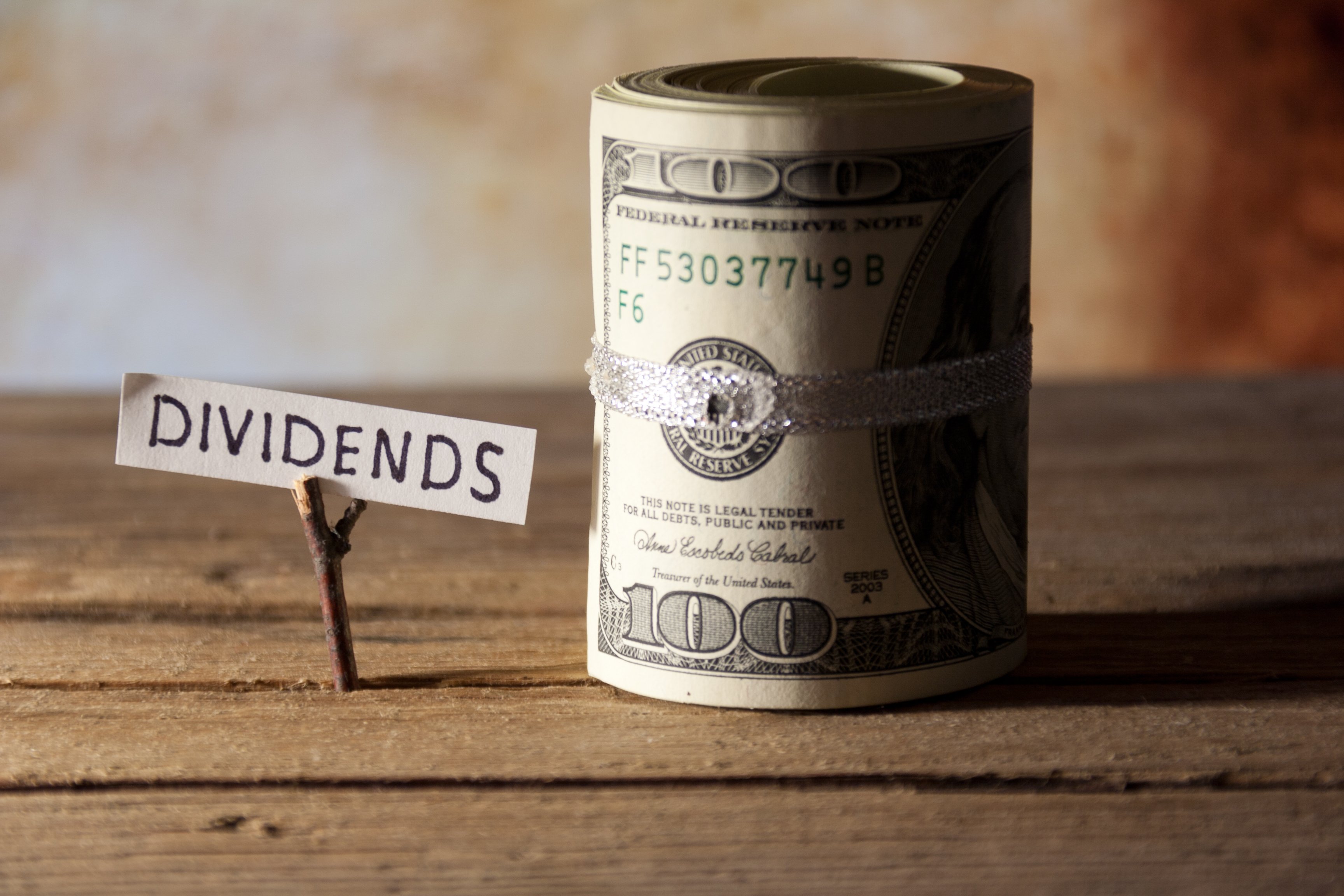Whether you are looking to cover your retirement expenses or just adding some extra dollars to your retirement kitty, carefully selected dividend stocks can take you there. Energy stocks offer some of the best yields among all sectors. However, the fastest drop in oil prices in nearly three decades has served as a reminder of the risks inherent in oil and energy stocks. Energy investors, who were grappling with the effects of coronavirus and an expected slower growth across key economies, were not really prepared for the shock from Russia and Saudi Arabia.
In such turbulent times, the key to invest in energy stocks is to increase your dividend income without taking on additional risk. Three stocks that can do precisely that are Enterprise Products Partners (EPD +0.61%), Consolidated Edison (ED 0.97%), and Chevron (CVX +1.82%).
A midstream giant
With a yield higher than 7%, Enterprise Products Partners can provide a significant boost to your retirement income. It is a diversified midstream energy company with operations in oil, gas, and NGLs. It primarily operates oil and gas pipelines, storage terminals, and import-export terminals and earns fee-based income for these services.

Image Source: Getty Images.
The MLP has increased its distribution payments for 62 consecutive quarters. That track record is impressive considering the tough energy market environment over the last few years. Enterprise Products Partners' strong operational performance, resulting in its consistent earnings growth, is behind the company's steady distribution increases. Moreover, Enterprise Products had a distributable cash flow of 1.7 times its distributions for 2019.
What's more, Enterprise Products is known for its strong financial discipline. The company's debt-to-EBITDA ratio stood at 3.2 times at the end of 2019. A ratio below 4 is considered quite conservative for midstream MLPs. The company has a pipeline of growth projects, much of which is now funded from cash generated from operations instead of raising capital in the equity markets as many in this industry are wont to do. All in all, this is one stock you can count on for attractive distribution income irrespective of oil prices.
Consolidated Edison: a top utility
Forty-five years of rising dividends is definitely a feat not many companies can achieve. While Consolidated Edison's fourth-quarter results fell marginally below expectations, its longer-term outlook remains intact.
In January, Consolidated Edison's New York utility got approval for three-year rate plans with a ROE of 8.8%. The utility expects to spend around $12 billion on growth projects over the next three years -- in line with its historical expenditure levels.
EPD Dividend Yield data by YCharts
Consolidated Edison stock looks a bit expensive compared to peers based on a PE ratio above 21. Similarly, its yield is marginally below that of utility giants Southern Company and Duke Energy. However, there are several factors that explains the company's slightly richer valuation.
Consolidated Edison's payout ratio has historically been lower than that of larger peers like Southern Company and Duke Energy. That provides it a room to increase payouts when needed. In fact, it did grow its dividends faster in the last five year period. Secondly, with a debt-to-equity ratio of 1.2 times, Consolidated Edison's leverage compares favorably with most of its utility peers.
Finally, the company's renewable energy operations opens longer term avenues for its growth as states aim to reduce their carbon footprints. Overall, Consolidated Edison is a must-have utility stock in your retirement portfolio that you can literally buy and forget.
An integrated energy giant
Integrated energy company Chevron has delivered dividend increases for 32 consecutive years. The stock offers a very attractive yield of more than 5%. The company has positioned itself well to grow in the lower energy commodity price environment, which means its growing dividends will likely continue growing in the years to come. Chevron's oil equivalent production rose consecutively over the last three years. At the same time, the company continued to add to its proved reserve balances, which also increased over this period.
Chevron expects production growth of more than 3% CAGR over the next four years, assuming average Brent price of $60 per barrel. Though Brent price averaged $64.4 per barrel in 2019, Chevron's assumption may prove way off-the-mark in light of the latest OPEC developments.
If oil prices remain depressed, things may become a bit difficult for Chevron. Notably, Chevron can cover its cash capital and exploration expenditures and dividends from cash flow from operations at $55 per barrel Brent price. However, the company may have to take more measures to reduce its costs of production if oil prices remain where they stand today for longer. Importantly, the company's scale and diversity of operations, as well as its conservative leverage, allows it to weather periods of oil price volatility far better than its peers.
With a debt-to-capital ratio of 15.8%, Chevron's leverage is lowest among its peers. Though the stock price may remain volatile in the short-to-medium term, the company looks well-placed to continue its dividend streak.











